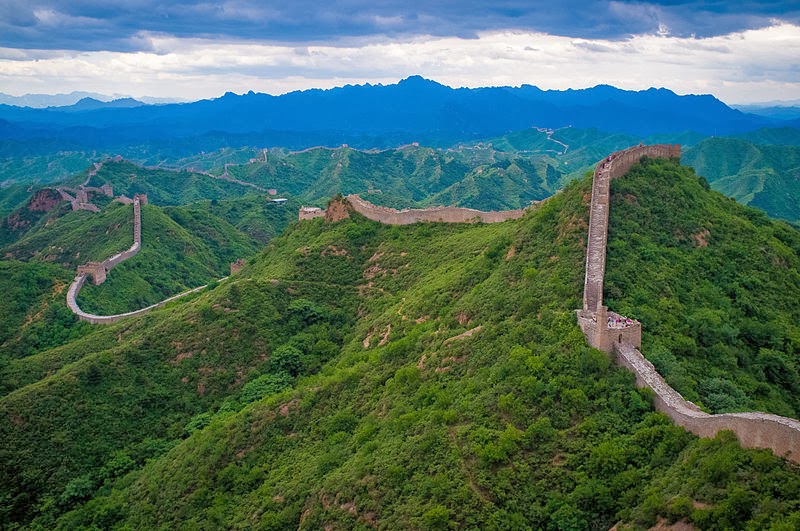 BEIJING, also called as Peking, is a city with 3000 years history,
one of four ancient capitals in China. The modern city structure was founded by
Ming dynasty (AD 1368-1644) and Qing dynasty (AD 1636-1911). When talking about
Beijing with people from other countries, the great wall might be the first
impression. The Great
Wall is the grandest stone defensive construction in ancient China. Located in
North China, it stems from Shanhaiguan Pass in the east and stretches to Jia Yu
Guan in the west. With a total length of 6700 kilometers (over 10000 li), it is
also known as "A ten-thousand-li wall”. Initially built in the Warring
States Period and rebuilt in later dynasties, the Great Wall is an ancient
defensive project with the largest workload and longest duration of
construction in China or even around the world. It has been included in the
List of World Heritages and rated as one of the "Seven Wonders of the
World".
BEIJING, also called as Peking, is a city with 3000 years history,
one of four ancient capitals in China. The modern city structure was founded by
Ming dynasty (AD 1368-1644) and Qing dynasty (AD 1636-1911). When talking about
Beijing with people from other countries, the great wall might be the first
impression. The Great
Wall is the grandest stone defensive construction in ancient China. Located in
North China, it stems from Shanhaiguan Pass in the east and stretches to Jia Yu
Guan in the west. With a total length of 6700 kilometers (over 10000 li), it is
also known as "A ten-thousand-li wall”. Initially built in the Warring
States Period and rebuilt in later dynasties, the Great Wall is an ancient
defensive project with the largest workload and longest duration of
construction in China or even around the world. It has been included in the
List of World Heritages and rated as one of the "Seven Wonders of the
World".  The Qin Great Wall and Ming Great Wall (the
great walls built in the Qin and Ming dynasties respectively) are the most
famous in history. The Qin Great Wall is featured by stone structure and its
majesty and magnificence. A comparatively integral segment of Qin Great Wall
sites is preserved in the area of Baotou City. The most integral and
magnificent segment of Great Wall in history is the Ming Great Wall which was
built for the purpose of guarding against invasion of Mongolian troops from
North China.
The Qin Great Wall and Ming Great Wall (the
great walls built in the Qin and Ming dynasties respectively) are the most
famous in history. The Qin Great Wall is featured by stone structure and its
majesty and magnificence. A comparatively integral segment of Qin Great Wall
sites is preserved in the area of Baotou City. The most integral and
magnificent segment of Great Wall in history is the Ming Great Wall which was
built for the purpose of guarding against invasion of Mongolian troops from
North China.
The Great Wall is comprised of various
defensive buildings including rampart, watch tower, oasis town, fortress,
commanding station, Balefire stages. It is an integral defensive project
system. These buildings are invested with distinct features of Chinese
traditional architecture in terms of its layout, construction, decorations and
paintings. They reflect the extraordinary engineering techniques of ancient
China.
The Great wall is also a reservoir of
brilliant literature and art works in ancient China. A variety of artistic
forms regarding Great Wall has come to existence continuously and spread far
and wide. They include ancient poems, poetic essays, folk literature and
dramas. The Great Wall has served as a symbol of the spirit of Chinese nation,
precisely as what the saying goes, "He who has never been to the Great
Wall is not a true man".

No comments:
Post a Comment
Note: only a member of this blog may post a comment.